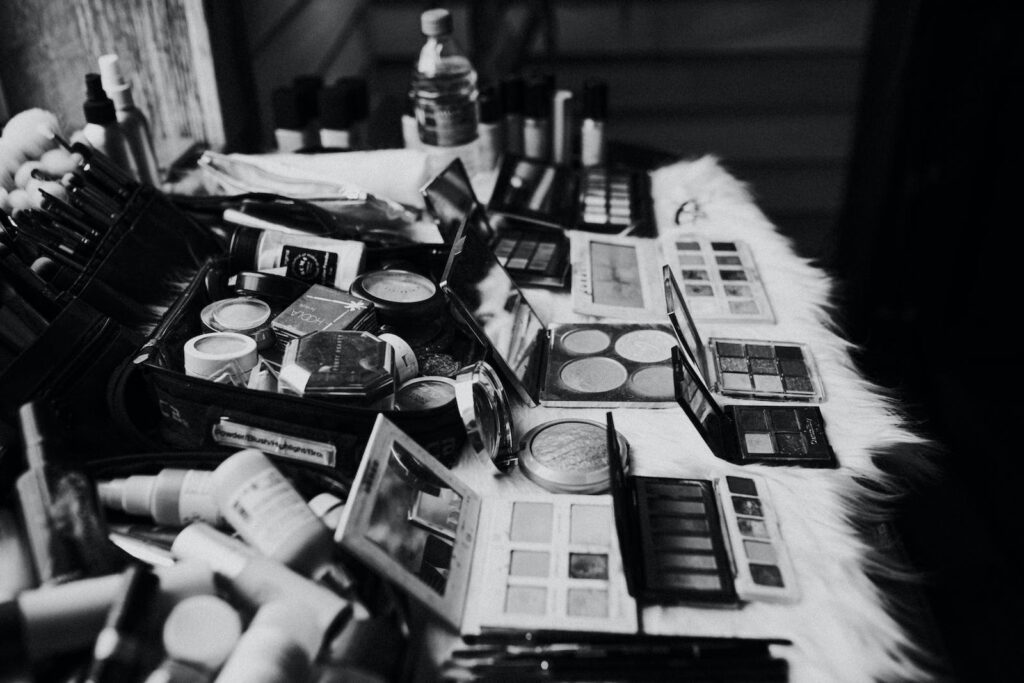We’ve all made fun of someone for using the wrong foundation at some point. However, even when it comes to our faces, it takes a lot of time, frustrating salespeople, and perplexing options to discover a foundation that isn’t ideal. And let’s face it, choosing the incorrect hue of clothing may ruin your overall appearance.
All you need for decent looks is a solid foundation, even if you are new to contouring or don’t want to go all out. The first step in picking the proper foundation color is to understand your skin. Let’s start there, then. You can find some advice on choosing the proper foundation color for your skin tone further down this page. Go on reading!
Tips To Find Right Foundation For Your Skintone
1. Know Your Skin Type
This is possibly the most important step in assisting you in selecting the ideal foundation formula. You must be aware of the needs and concerns of your skin to select a solution that will work best for you.

- Oily Skin
Use a powder foundation or a liquid foundation that is oil-free if you have oily skin. These have powders that soak up oil, giving you a matte, smooth finish. Since the dry particles tend to absorb moisture and suppress shine, mineral foundations are also effective on oily skin.
- Dry Skin
If you have dry skin, go for a moisturizing powder, liquid, or stick foundation. These have a creamy texture that moisturizes the skin and provides excellent coverage.
- Combination Skin
You are trapped in the worst scenario if your skin is oily in some areas and dry in others. Avoid foundations that are designed to be emollient or oil-rich and try carefully combining and matching products.

- Sensitive Skin
How to choose the proper foundation color if you have sensitive skin that is prone to acne. It is better to stay away from chemicals like alcohol and scent that can irritate your skin. Talc and mineral oil should never be combined.
2. The Shade Should Match Your Skin Tone.
Your neck or jawline is the ideal area to determine whether a foundation complements your skin tone. You won’t appear ashy or spooky if the color perfectly complements your skin tone. For both summer and winter, don’t be scared to combine two different colors. This also works since different parts of your face have varying skin tones throughout the year.
3. Find Your Undertone
Undertones are the hues that obtrude and give your skin an overall tint. Undertones have nothing to do with the color of your skin; while it may change with the seasons or if you apply fake tanning, your undertone will never change. Several simple techniques, including holding a white sheet of paper close to your face or examining the color of your veins, can be used to determine your undertone.
4. Determine the degree of protection you want.
Not every cosmetic style calls for a full-coverage foundation. It’s important to know which foundation to choose based on whether you want light, medium, or full coverage. If you merely want to even out your skin tone rather than hide everything, go for a sheer or low-coverage foundation.
5. Don’t Buy Until You’ve Tried It.
Don’t just walk into the store and buy something without giving it a test run first. Do not color test on your hand, we cannot stress this more! Your facial tone is not the same. To get the perfect color match, place a swatch along the side of your jawline.
The ideal foundation hue gives you a barely-there, natural-looking appearance by blending seamlessly with your skin tone and undertone. You may better understand your makeup requirements and choose the ideal product with the proper texture, tone, and formulation with the help of our comprehensive guide on how to choose your foundation shade. We hope the advice will be useful to you as you look for your next foundation.

